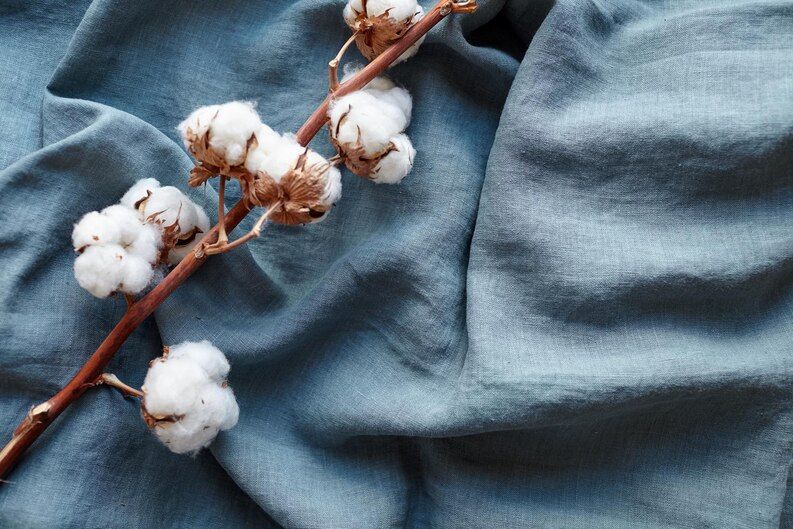In an era of increasing environmental consciousness, the fashion industry is undergoing a significant transformation. Consumers are demanding sustainable, eco-friendly textile choices, prompting brands to explore alternative materials. Two such materials, linen and rayon, have gained popularity for their sustainable properties. In this exploration, we delve into the world of sustainable textiles, including linen, rayon, and more, to understand their environmental impact and benefits.
Linen: Nature’s Eco-Friendly Fiber
Linen, derived from the flax plant, is one of the oldest textiles in the world and has been cultivated for thousands of years. Here are some reasons why linen is considered a sustainable choice:
- Low Water Usage: Flax cultivation requires significantly less water compared to water-intensive crops like cotton. Linen’s production minimizes water waste, making it a water-efficient choice.
- Minimal Chemical Use: Flax is naturally pest-resistant, reducing the need for harmful pesticides and chemicals in its cultivation. This makes linen a safer choice for both the environment and those working in its production.
- Biodegradable: Linen is a fully biodegradable material, meaning it breaks down naturally and doesn’t contribute to the growing issue of textile waste.
- Durability: Linen is known for its strength and durability. Garments made from linen tend to last longer, reducing the need for frequent replacements.
- Breathability: Linen’s natural breathability makes it ideal for warm climates, reducing the need for energy-intensive air conditioning.
Rayon: A Man-Made Sustainable Option
Rayon, often referred to as “artificial silk,” is derived from cellulose fibers, typically sourced from wood pulp, bamboo, or other sustainable plant materials. Here’s why rayon can be considered a sustainable choice:
- Renewable Resources: Rayon is made from renewable plant sources, reducing the demand for non-renewable fossil fuels used in synthetic fabrics like polyester.
- Biodegradability: Like linen, rayon is biodegradable, so it doesn’t contribute to the long-term problem of textile waste.
- Efficient Production: Rayon production is efficient in terms of resource use. It requires less water and energy compared to some other fabrics.
- Closed-Loop Manufacturing: Some rayon production methods use closed-loop systems that recycle and reuse chemicals, minimizing waste and pollution.
Other Sustainable Textile Choices
Beyond linen and rayon, several other sustainable textile choices are gaining recognition in the fashion industry:
- Tencel (Lyocell): Tencel is a type of rayon made from sustainably sourced wood pulp, often from eucalyptus trees. It’s known for its softness, breathability, and biodegradability.
- Hemp: Hemp is a rapidly renewable resource that requires little water and no synthetic pesticides or herbicides. It’s strong, durable, and biodegradable.
- Organic Cotton: Organic cotton is grown without synthetic pesticides or fertilizers, making it less harmful to the environment and reducing chemical exposure for workers.
- Recycled Fabrics: Fabrics made from recycled materials, such as recycled polyester or plastic bottles, help divert waste from landfills.
Making Informed Choices
As consumers, we have the power to make sustainable choices in our clothing purchases. By opting for textiles like linen, rayon, Tencel, or organic cotton, we can reduce our environmental footprint and support a more sustainable fashion industry. Additionally, buying quality, durable garments and recycling or upcycling old clothing can further contribute to sustainable practices in the world of fashion.
In conclusion, sustainable textiles like linen and rayon offer eco-friendly alternatives to conventional fabrics. Their lower environmental impact and positive attributes make them attractive choices for those looking to reduce their carbon footprint and support a more sustainable fashion industry. By exploring and embracing these sustainable textile options, we can take a step toward a greener, more responsible future in fashion.







Leave a comment